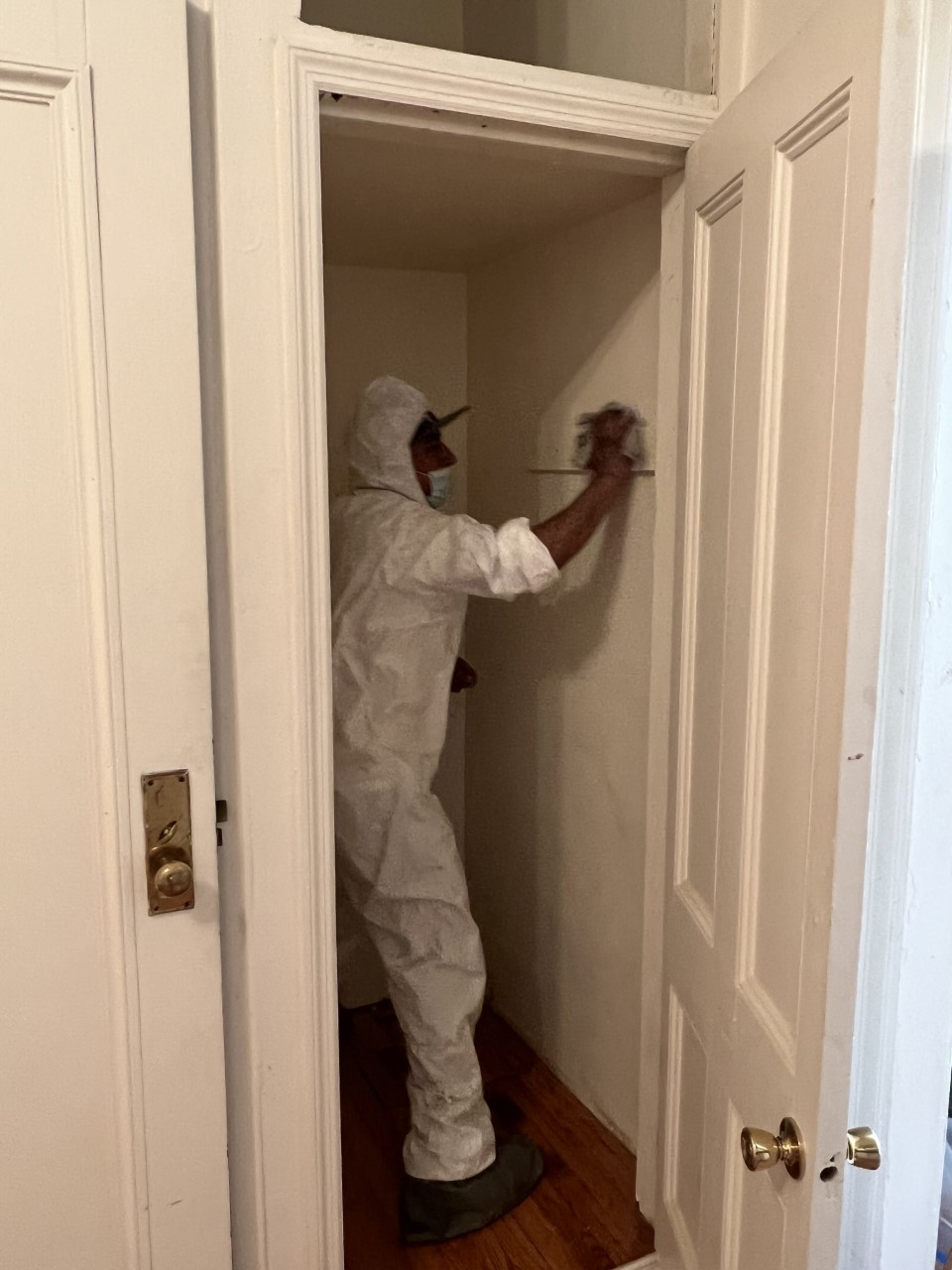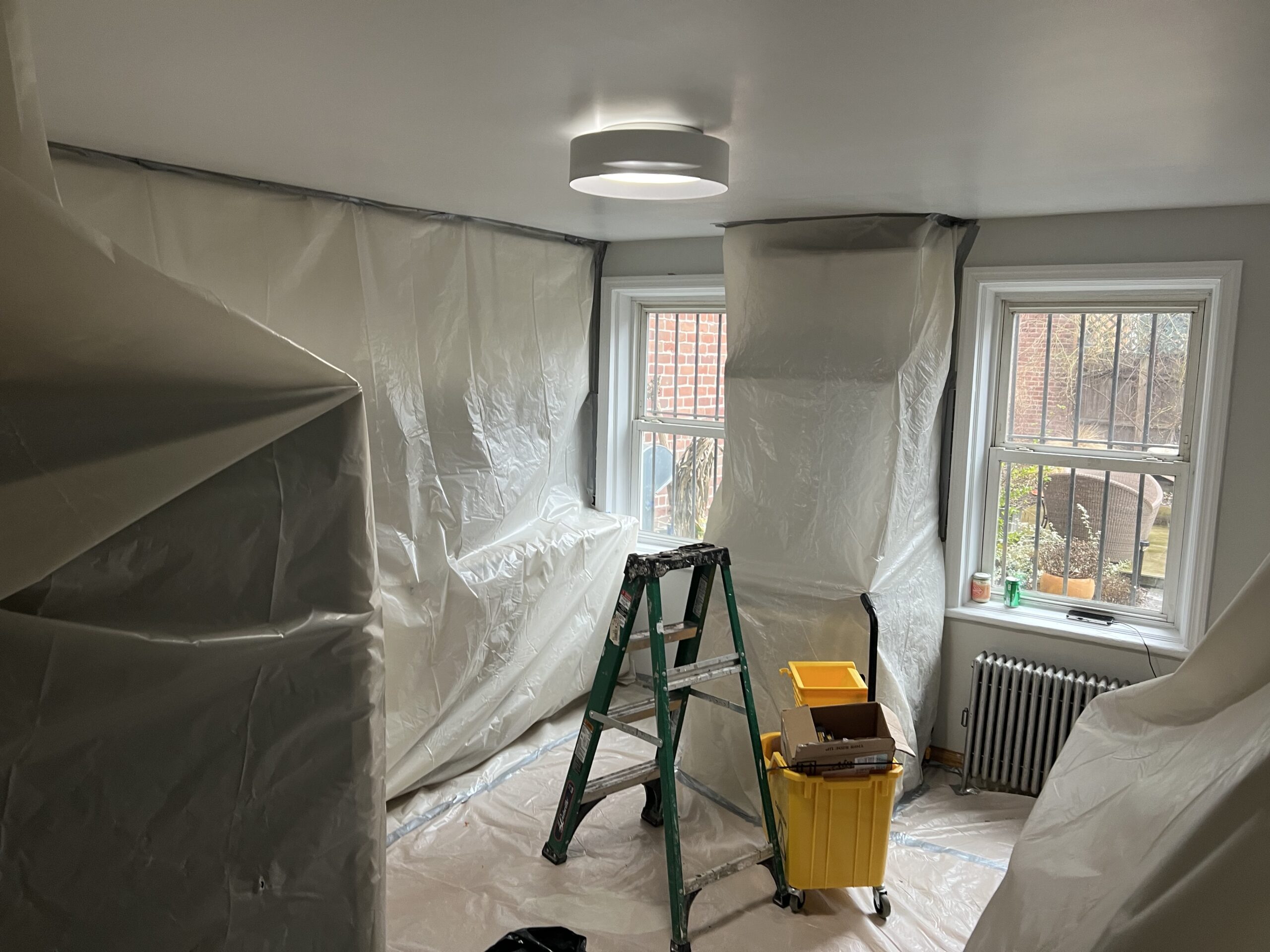NYC Lead Removal Contractors-- Get Safe and Effective Providers
NYC Lead Removal Contractors-- Get Safe and Effective Providers
Blog Article
Finest Practices for Making Sure Safe and Thorough Lead Violation Abatement
Addressing lead infraction reduction requires a multi-faceted method to ensure both safety and security and compliance. Preliminary evaluations utilizing sophisticated discovery methods such as XRF analyzers established the phase for a specific understanding of contamination degrees. Integrating correct containment techniques, including impermeable barriers and HEPA filtration, paired with making use of individual protective tools (PPE) for employees, creates the backbone of a protected operation. Thorough clean-up methods, featuring HEPA vacuuming and wet-wiping, are crucial. It's the final clearance procedure, involving complete inspections and lab testing, that absolutely confirms a lead-free setting, making certain long-term security. Just how do these methods interconnect to guarantee comprehensive lead reduction?

Initial Assessment
Conducting a preliminary analysis is a crucial very first step in lead infraction reduction. This stage encompasses a detailed assessment of the residential or commercial property to determine the existence, extent, and particular areas of lead-based dangers. Certified professionals, such as qualified lead inspectors or run the risk of assessors, need to perform an extensive website inspection, making use of tools like X-ray fluorescence (XRF) analyzers to accurately identify and gauge lead focus in paint, dirt, dirt, and water.
The analysis needs to also consist of a testimonial of the structure's background, previous records, and any type of grievances or health and wellness problems reported by occupants - Lead Removal Contractors. Documenting the searchings for meticulously is important, as these records form the basis for creating an efficient abatement strategy. A detailed analysis likewise includes sampling and lab evaluation, which are essential to validate the presence of lead and overview succeeding activities
In addition, it is vital to connect the outcomes transparently to all stakeholders, including homeowner, occupants, and regulatory authorities. By guaranteeing that the preliminary evaluation is carried out with accuracy and roughness, experts can lay a solid foundation for a targeted and efficient lead abatement procedure, eventually guarding public health and wellness and guaranteeing compliance with regulatory requirements.
Proper Control
Appropriate control is essential to prevent the spread of lead pollutants throughout abatement activities. Properly taking care of control minimizes the threat of lead dust and particles moving to non-work areas, consequently guarding both the atmosphere and individuals outside the immediate job area.

Routine inspections of the containment area are needed to look for violations or weaknesses in the obstacle. Any kind of identified issues should be immediately resolved to maintain the integrity of the control. By adhering to these methods, abatement jobs can effectively regulate lead contamination and reduce involved health and wellness dangers.
Employee Security
Guaranteeing worker security is vital during lead abatement projects to prevent work direct exposure to dangerous lead fragments. Vital actions consist of making use of individual safety tools (PPE) such as respirators, gloves, and full-body fits specifically developed to obstruct lead dirt and fumes. Employees need to undergo extensive training on the right usage and upkeep of PPE, including healthy testing for respirators to ensure maximum efficiency.
Engineering controls, such as regional exhaust air flow systems, are critical in minimizing airborne lead read concentrations in the workplace. Management controls ought to also be carried out, consisting of restricting the duration of exposure and revolving workers to minimize individual exposure times. Routine clinical surveillance and organic surveillance are essential for early discovery of lead absorption, allowing timely intervention and treatment.
Furthermore, developing a purification protocol is essential. Employees have to adhere to rigorous decontamination procedures prior to breaks and at the end of their shift to avoid lead dirt from being brought outside the workplace. This consists of detailed hand and face cleaning with lead-specific cleaning representatives and altering out of infected clothing.
Careful Clean-up
Preserving a safe job atmosphere expands past worker security and encompasses careful cleaning to make sure lead fragments are completely gotten rid of from the site. The process of thorough clean-up is crucial in preventing the recontamination of the eased off area and safeguarding both present and future owners.
To accomplish a thorough cleaning, all workplace need to be methodically decontaminated. This involves the use of specialized HEPA (High-Efficiency Particulate Air) hoover and wet-wiping techniques to capture and eliminate great lead dirt that might have chosen surface areas. It is essential to clean all horizontal surface areas, including floorings, home window sills, and countertops, as well as vertical surface areas that might have trapped lead bits.
Employees have to wear appropriate personal safety devices (PPE) during clean-up to avoid exposure to residual lead dust. Utilized cleaning materials such as wipes, sponges, and wipe heads need to be thrown away based on dangerous waste disposal guidelines.

Final Clearance
Last clearance is the crucial ending stage of lead reduction that establishes websites whether the website is safe for reoccupation. This crucial step involves extensive evaluation and testing to verify that all lead risks have been effectively eliminated.

Last clearance testing not just shields future passengers but also makes certain conformity with local, state, and government guidelines. Additionally, it functions as a documented recognition of the reduction professional's adherence to sector finest practices. Making sure an extensive and successful last clearance is vital in safeguarding public wellness and fostering count on the abatement procedure.
Final Thought
Making certain risk-free and thorough lead infraction reduction requires a complex method incorporating first analyses with advanced discovery approaches, efficient control strategies, rigid employee protection procedures, and meticulous clean-up treatments. The last clearance phase, featuring thorough inspections and lab testing, is crucial to validate conformity with EPA standards. Adherence to these finest techniques see guarantees a safe atmosphere for owners, mitigates health and wellness dangers, and promotes regulatory demands, therefore promoting public health and safety in lead-affected areas.
Report this page